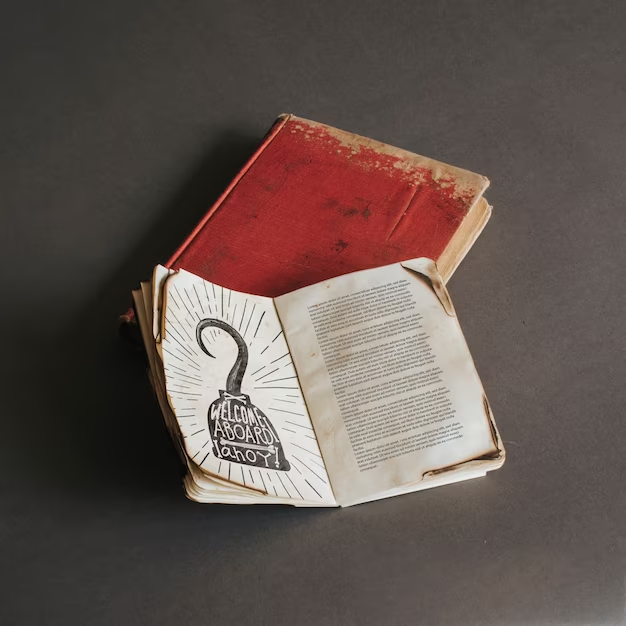John Steinbeck’s “East of Eden” is a monumental literary work that delves deep into the complexities of human nature, exploring themes of good and evil, free will, and the intricate web of family dynamics. This comprehensive review examines the novel’s plot, characters, philosophical underpinnings, and its enduring impact on literature.

Overview of “East of Eden”
“East of Eden” is a rich tapestry of storytelling that spans generations and examines the intertwining lives of two families, the Trasks and the Hamiltons, against the backdrop of California’s Salinas Valley. Steinbeck masterfully weaves biblical allegory into the narrative, drawing parallels with the story of Cain and Abel.
Plot and Characters
The Trask family, consisting of Cyrus Trask, his sons Adam and Charles, and later, Adam’s sons Caleb and Aron, forms the core of the story. The Hamiltons, a neighboring family, provide a contrast to the Trasks and play a significant role in the novel.
Comparison Table
| Characters | Description | Themes Explored |
|---|---|---|
| Adam Trask | Idealistic, tormented by his past, seeks redemption | Good vs. Evil, Family, Identity |
| Charles Trask | Envious, conflicted relationship with his brother Adam | Sibling Rivalry, Nature vs. Nurture |
| Cathy Ames | Manipulative, evil, affects the lives of those around her | Moral Corruption, Deception |
| Aron Trask | Good-natured, struggles with identity and discovery | Identity, Innocence, Corruption |
| Cal Trask | Complex, torn between good and evil, seeks his father’s approval | Morality, Redemption, Father-Son Dynamics |
| Samuel Hamilton | Wise, kind-hearted, values family and community | Community, Friendship, Legacy |
| Lee | Intelligent, Chinese servant, offers wisdom and guidance | Identity, Racism, Cultural Perspective |
The novel traces the characters’ journeys over a half-century, exploring their relationships, struggles, and the choices they make that define their lives.
Themes and Philosophical Depth
At its core, “East of Eden” grapples with profound themes, such as the nature of good and evil, the impact of family history on individual lives, and the role of free will in shaping one’s destiny. Steinbeck’s exploration of the Hebrew word “timshel,” meaning “thou mayest,” serves as a philosophical cornerstone. This concept highlights the power of choice and underscores the idea that individuals have the agency to shape their own paths.
Key Points:
- The novel challenges the binary notion of good and evil, portraying characters with multifaceted natures;
- The Trask brothers’ conflict echoes the biblical story of Cain and Abel, shedding light on the complexities of sibling rivalry and jealousy;
- The character of Cathy Trask/Kate Albey is enigmatic, embodying contradictions and embodying the struggle between good and evil within one person.
Reception and Impact
Upon its publication, “East of Eden” received mixed reviews, with some praising its ambitious scope and others criticizing its melodramatic elements. However, over time, the novel has garnered immense recognition and has become a cornerstone of American literature.

East of Eden: A Masterpiece That Transcends Time
John Steinbeck’s “East of Eden” continues to resonate with readers for its exploration of human nature, morality, and the complexities of family dynamics. With its rich characters, philosophical depth, and enduring impact on literature, the novel stands as a testament to Steinbeck’s storytelling prowess and his ability to delve into the deepest recesses of the human soul.
In a literary landscape marked by its uniqueness, “East of Eden” shines as a timeless work that invites readers to contemplate the nature of good and evil, the choices that shape our destinies, and the enduring power of human connection. As readers journey through the generations of the Trask and Hamilton families, they are invited to grapple with life’s most profound questions and discover the profound beauty that lies within the depths of human experience.
Conclusion
In the realm of literary masterpieces, John Steinbeck’s “East of Eden” stands as a captivating testament to the complexity of human nature, the interplay of good and evil, and the timeless themes that transcend generations. Through its richly woven narrative, intricate characters, and thought-provoking exploration of free will, the novel delves deep into the human psyche, leaving an indelible mark on its readers. Steinbeck’s expert storytelling and profound insights into the human condition make “East of Eden” a literary triumph that continues to resonate with audiences across the years.
FAQ
“East of Eden” delves into the eternal struggle between good and evil, as embodied in the lives of the Trask and Hamilton families. The novel examines how individuals navigate their choices and the consequences of those choices, reflecting on the nature of free will and the complexities of human morality.
Steinbeck draws heavily from the biblical story of Cain and Abel, paralleling it with the conflicts and relationships within the Trask family. Characters like Adam and Charles Trask represent biblical figures, and the theme of sibling rivalry and the consequences of jealousy and betrayal are prominent throughout the novel.
“Timshel” is a Hebrew word meaning “thou mayest.” In the novel, it is introduced by Lee, the Trask family’s Chinese servant, and philosopher. The word represents the concept of choice and free will, suggesting that individuals have the power to choose their actions and shape their destinies, even in the face of inherited flaws.
The Salinas Valley, the novel’s backdrop, holds great significance. As Steinbeck’s own hometown, it serves as a microcosm of the world he explores. The landscape’s beauty and harshness mirror the characters’ lives, emphasizing the struggle between growth and decay, prosperity and adversity.
